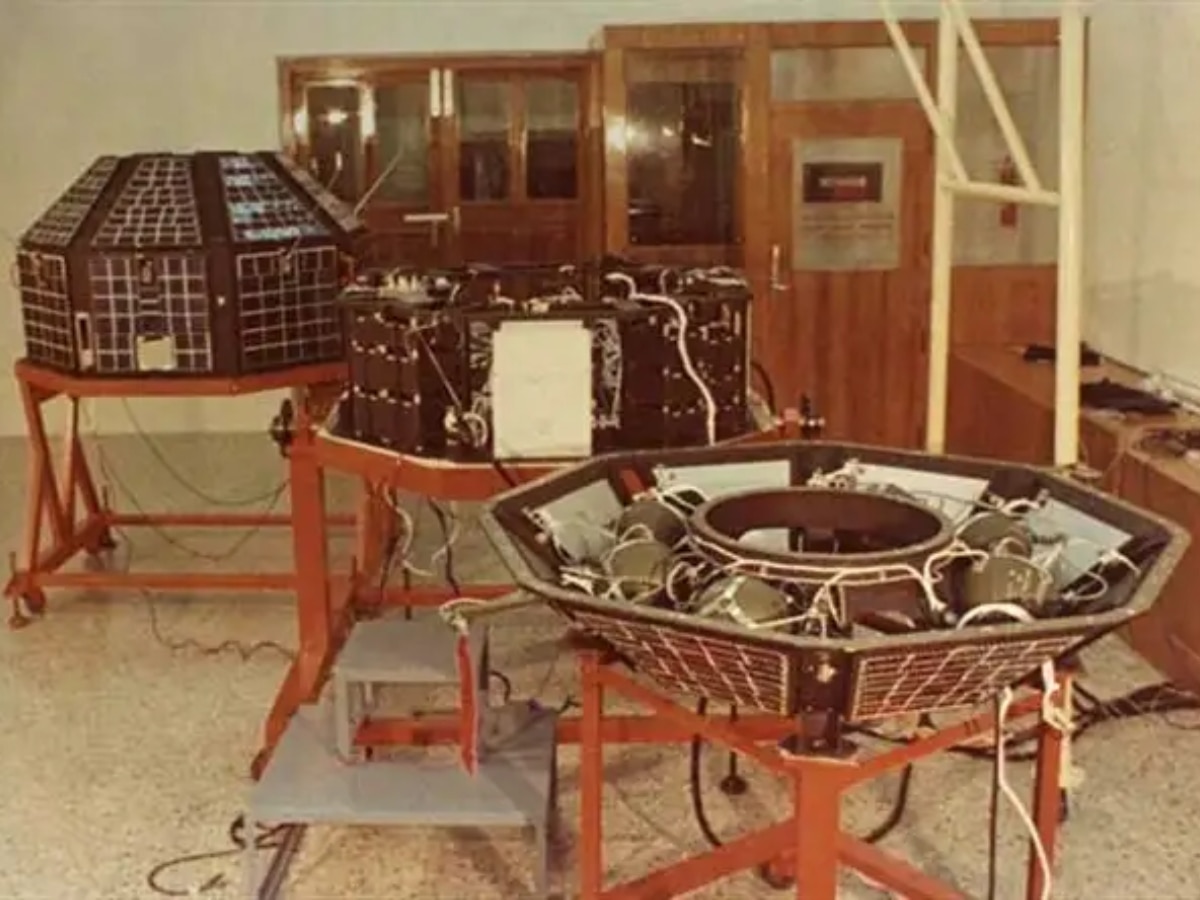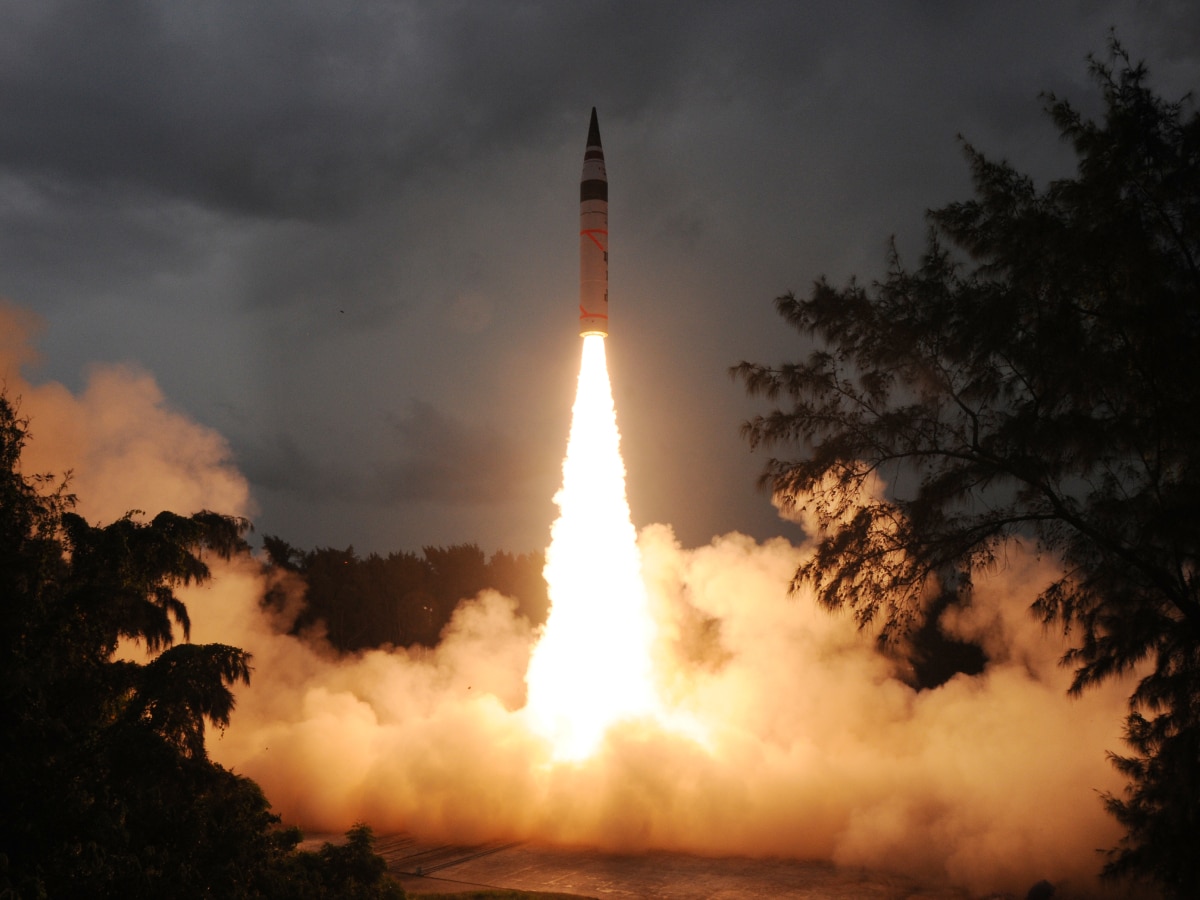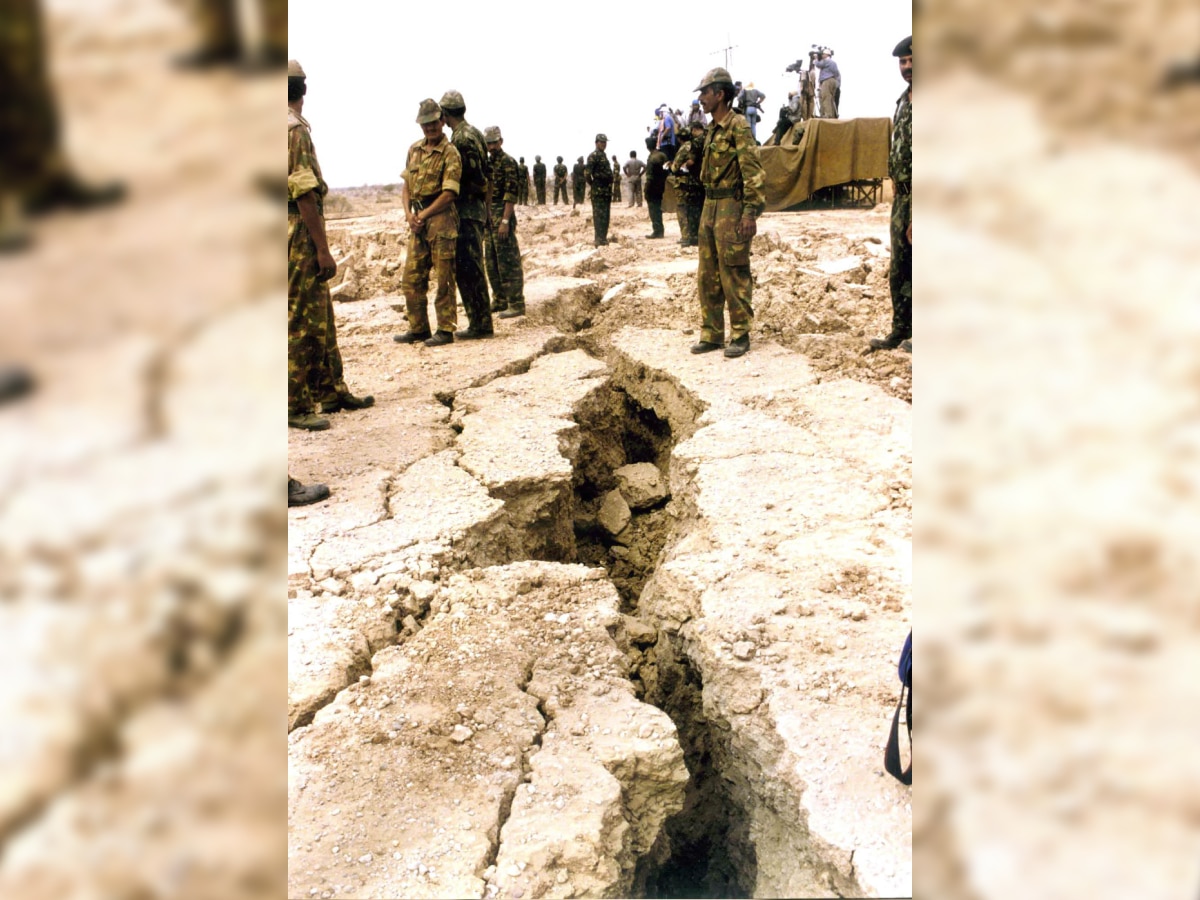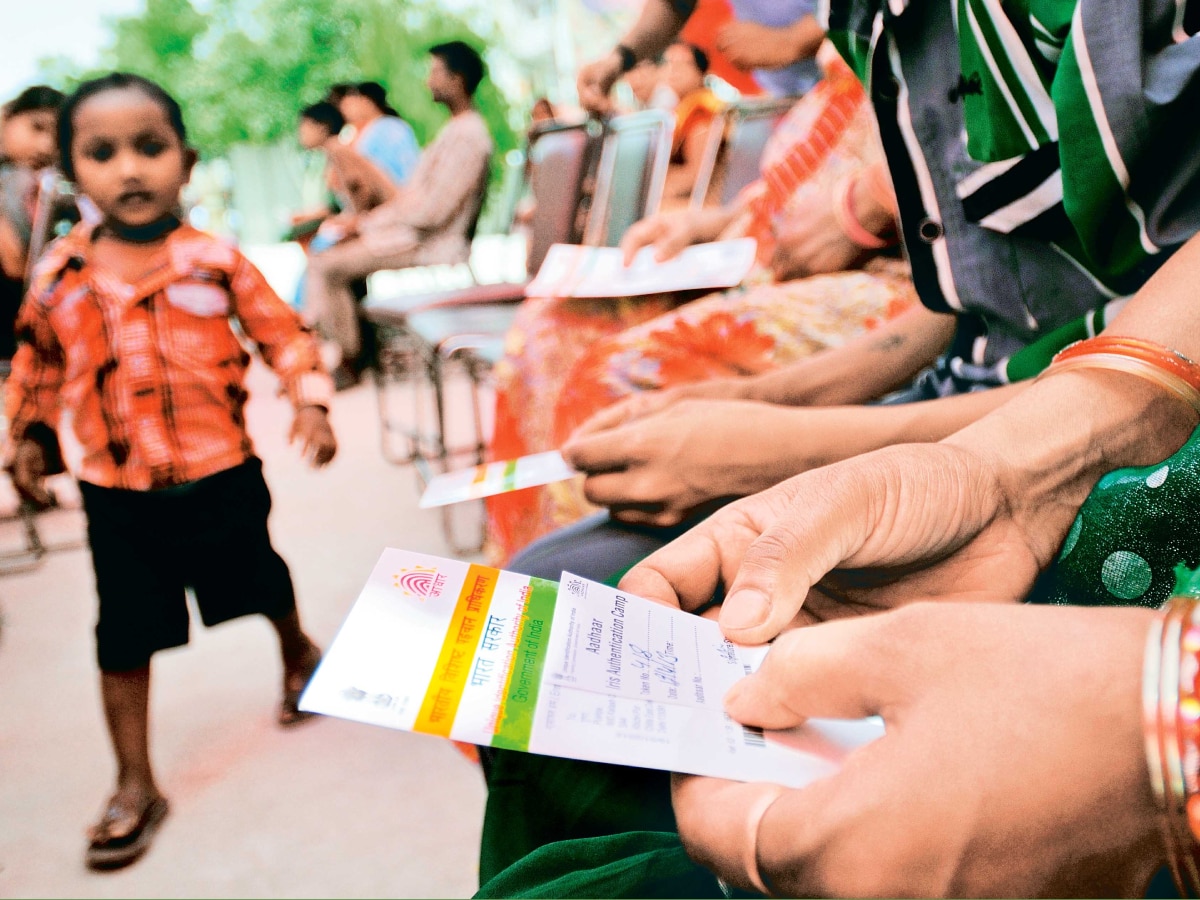Nuclear Tests, Aryabhata To Quantum: India's Top Science & Tech Achievements After Independence
From sparking the Green Revolution to developing world's largest API, India has taken major science and technology strides since 1947. Read on to take a walk down the history lane.

Ever since Jawaharlal Nehru delivered his iconic ‘Tryst With Destiny’ speech to the Constituent Assembly on August 14, 1947, India has been no stranger to taking giant strides in technology and science. Be it the successful testing of the first nuclear bomb in 1974 or the development of the world’s largest open application programming interface (API), India in its 76 years of independence has added many marvellous feathers to its cap. Even today, India is presiding over the G20 forum, collaborating with other nations in discussions on three main priorities: digital transformation, global health architecture, and sustainable energy transformations.
Let’s take a look at India’s biggest achievements in the field of science and technology since 1947.
Establishment Of Planning Commission And The First Five-Year Plan
In 1950, India established the Planning Commission to steer key sectors like science, agriculture, infrastructure, and education.
The inaugural Five-Year Plan, unveiled in 1951, emphasised scientific research. It aimed to strengthen national laboratories and research centres, identifying eleven pivotal institutes such as the National Physical Laboratory and National Chemical Laboratory. The plan allocated funds to expand these institutions, ensuring complete infrastructure and equipment.
Additionally, it proposed three new institutes — the Radio and Electronics Research Institute, Mechanical Engineering Research Institute, and Central Salt Research Station — to further scientific progress. This marked a pivotal step in India's journey toward technological and scientific excellence.
Agricultural Research Sparks India's Green Revolution
Post-independence, revitalising agriculture was paramount. The absence of research on yields, irrigation, fertilizers, and equipment posed challenges. Between 1957 and 1967, the government's focus on scientific research ignited the Green Revolution, rescuing the agrarian economy from collapse. The nucleus of this revolution was the strategic infusion of scientific principles into agricultural practices. The aim was clear: to bolster a sagging agrarian economy that had teetered on the precipice of collapse in the tumultuous year of 1947.

The outcomes of the Green Revolution were nothing short of remarkable. India's trajectory shifted decisively as it evolved from a fragile importer of essential food grains into a surplus-producing nation. The self-sufficiency achieved was not merely a statistical achievement; it was a testament to the potency of rigorous research and its practical application in the field.
Pioneering India's Space Odyssey: The Genesis of Aryabhata Satellite
The year 1969 marked a pivotal moment with the establishment of the Indian Space Research Organisation (ISRO), a cornerstone of India's ambitions in outer space. But it was on April 19, 1975, that the nation etched its name on the celestial map with the launch of its maiden satellite, the Aryabhata (a model pictured below).
Crafted entirely within India's borders, Aryabhata represented a landmark achievement for the nation's space aspirations. A beacon of scientific ingenuity, this satellite was meticulously designed and manufactured on home soil. Beyond its technological significance, Aryabhata held a multifaceted mission. Its primary objectives encompassed X-ray astronomy, a study of the Earth's upper atmosphere (aeronomy), and the exploration of solar physics.
As Aryabhata ventured into orbit, it heralded a new era for India's space endeavours. With its launch, the nation not only embarked on a journey of exploration but also positioned itself as a player on the global space stage.
A new chapter in India's space exploration was written on October 22, 2008, with the launch of Chandrayaan-I, the nation's maiden lunar mission. Embarking from Sriharikota, Andhra Pradesh, this historic journey heralded India's foray into lunar exploration.
Chandrayaan-I held a dual role as it embarked on its celestial voyage. Not merely a technological feat, it emerged as a scientific marvel, with a primary objective of conducting comprehensive chemical, photo-geologic, and mineralogical mapping of the lunar terrain. Through its meticulous manoeuvres around the moon, Chandrayaan-I furnished valuable insights to the Indian Space Research Organisation (ISRO).
This ambitious endeavour was more than a mission; it was a testament to India's growing capabilities and aspirations in the cosmos. Chandrayaan-I paved the way for subsequent lunar missions and stood as a symbol of India's prowess in space exploration.
All eyes now rest on Chandrayaan-3, launched on July 14, which aims to execute a successful soft landing on the lunar surface, which the previous Chandrayaan-2 mission failed to achieve.
ALSO READ: Everything You Need To Know About Chandrayaan-3
AGNI: India's Path to Strategic Mastery in Missiles
In the 1980s, India initiated its strategic missile program, culminating in the successful 1989 test of AGNI. This milestone showcased re-entry precision, manoeuvrability, guidance, and multi-stage propulsion.
AGNI evolved into a series, with AGNI-V's (pictured below) successful 2018 test marking its zenith. 
Through the AGNI series, India embarked on a voyage to secure its strategic interests. This journey encapsulated not only scientific and technological achievements but also underscored the nation's resolute pursuit of self-reliance in defence capabilities.
Did You Know India Became The Third Country To Develop DNA Fingerprinting Probe?
The landscape of DNA fingerprinting in India unfolded in 1988, a watershed year that witnessed a pivotal scientific breakthrough. It was during this time that a group of dedicated scientists from the Council of Scientific and Industrial Research–Centre for Cellular and Molecular Biology (CSIR–CCMB) pioneered the development of this groundbreaking technique. Their pioneering efforts not only propelled India into the realm of DNA fingerprinting but also positioned it as the third nation globally to have a homegrown probe.
The ramifications of this achievement extended far beyond the laboratory doors. With the CSIR–CCMB's innovation, India forged its own path in the world of genetics, offering a transformative tool that could unravel complex biological mysteries and redefine criminal investigations. This milestone underscored India's scientific prowess, cementing its place on the global map of genetic research.
Flexing India’s Nuclear Muscles
The roots of India's nuclear energy journey stretch back to 1944, when Homi J Bhaba's collaboration with the Tata Trust led to the establishment of Tata Institute of Fundamental Research (TIFR) in Mumbai. TIFR delved into crucial studies encompassing physics, nuclear energy, and cosmic rays. The government's formal commitment to nuclear advancement materialised in 1954 with the creation of the Department of Atomic Energy (DAE).
A significant milestone came in 1974, when India conducted its inaugural nuclear bomb test in Pokhran, Rajasthan, spearheaded by the eminent nuclear physicist Raja Ramanna. A.P.J. Abdul Kalam lauded nuclear power as the "gateway to a prosperous future".

Fast-forward to May 11, 1998, a date etched in India's scientific annals. On this day, beneath the sands of Pokhran, five nuclear devices were successfully detonated, marking 'Pokhran-II'. This landmark event bore significance beyond its explosions, leading then Prime Minister Atal Bihari Vajpayee to designate it as 'National Technology Day'. This annual observance pays homage to India's ascendancy in technology, underscoring its emergence as a dynamic force in global innovation.
Triumph Over Polio
In 1994, India bore the weight of 60 per cent of global polio cases, a staggering burden that demanded a determined response. The turning point arrived as the government orchestrated a sweeping immunisation campaign, targeting every child with resolute intent. What followed was a monumental transformation, as India transitioned from a polio-prone nation to achieving the coveted status of being polio-free in a span of two decades.
This triumphant milestone was etched into history on March 27, 2014, when the World Health Organization (WHO) accorded India the prestigious 'Polio-free' certification. This accolade was not merely a testament to medical achievement; it was a tribute to the power of policy, healthcare dedication, and community engagement.
The success of the immunisation drive rested on the shoulders of committed healthcare professionals, diligent front-line workers, and engaged community members. Crucial to this achievement was the arduous task of dispelling vaccination hesitancy, particularly in rural and underserved areas. Through awareness campaigns that stressed the safety and benefits of vaccinations, barriers were broken down and a nation rallied together to secure its future.
Cultivating India's Startup Movement
Launched on January 16, 2016, the 'Startup India' initiative has ignited a homegrown innovation revolution.
With over 52,000 startups as of July 2021, India ranked among the world's largest startup ecosystems. This surge has generated 500,000 jobs across diverse sectors, from IT and healthcare to finance technology. The diversity of these startups spans across 10 key sectors, including IT services, healthcare, education, finance technology, and more, underscoring their comprehensive impact on India's economy and society.
Empowering Economies Via India Stack
India Stack, a visionary concept encompassing open APIs and digital public resources, emerges as a groundbreaking force poised to revolutionise identity, data, and payments at a mass scale.
Conceived to drive financial and social inclusivity, India Stack's transformative potential extends beyond borders. It comprises four layers — Presenceless, Paperless, Cashless, and Consent — meticulously layered to construct a robust framework.
The roots of India Stack trace back to 2009 when India introduced the Unique ID Authority of India (UIDAI) and issued the inaugural Aadhaar Card in 2010. This landmark initiative was followed by a succession of innovations such as eKYC, eSignature, UPI, and DigiLocker, driving digital transformation and enhancing accessibility.
Over 67 billion digital identity validations, Rs 5.47 trillion worth of real-time mobile payments, and 2.8 billion transactions stand as a testament to its impact. As of 2021, UPI transactions exceed 4 billion monthly, with the Account Aggregator framework going live with eight banks.
The International Monetary Fund (IMF) recognises India Stack's monumental influence. In a resounding testament, the IMF lauds it as a force "revolutionising access to finance". The IMF underscores how India Stack's innovation is dismantling barriers to financial services, particularly in an economy where cash transactions are the norm.
Click here to learn more about India Stack
India’s Quantum Leap
A comprehensive analysis by NASSCOM-Avasant titled "The Quantum Revolution In India" unveils the nation’s resolute commitment to propel quantum science into the forefront of its scientific landscape.
The Indian government's unwavering dedication to empowering its scientific community resonates through the report. The country is channelling its resources to drive quantum advancements, with nearly a hundred ongoing quantum projects, a majority of them backed by the central government. In a strategic move, India has earmarked an investment of Rs 8,000 crore (roughly $1 billion) over the next five years to propel research in quantum domains encompassing information, meteorology, applications, materials, and communications.
ALSO READ: Quantum Mission: How Institutions And Corporate Players In India Are Going Beyond The Binary
The report also shines a spotlight on India's ambitious goals, including the development of a 50-qubit quantum computer by 2026. The timeline for smaller-scale quantum devices such as simulators and sensors is anticipated to be even shorter.
Industries primed to harness the quantum wave include defence, banking, high-tech, and manufacturing. These sectors are poised to spearhead the charge in both critical applications and large-scale use cases. With an expected surge in technology maturity by 2026-2027, enterprise adoption is predicted to soar.
Subscribe And Follow ABP Live On Telegram: t.me/officialabplive
Related Video
Apple creates a new record in iPhone sales after launch of iPhone 16 | ABP Paisa Live







































